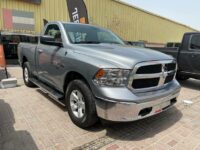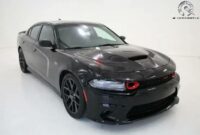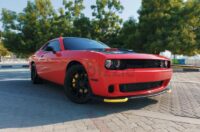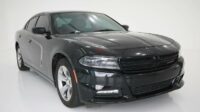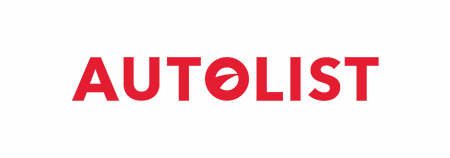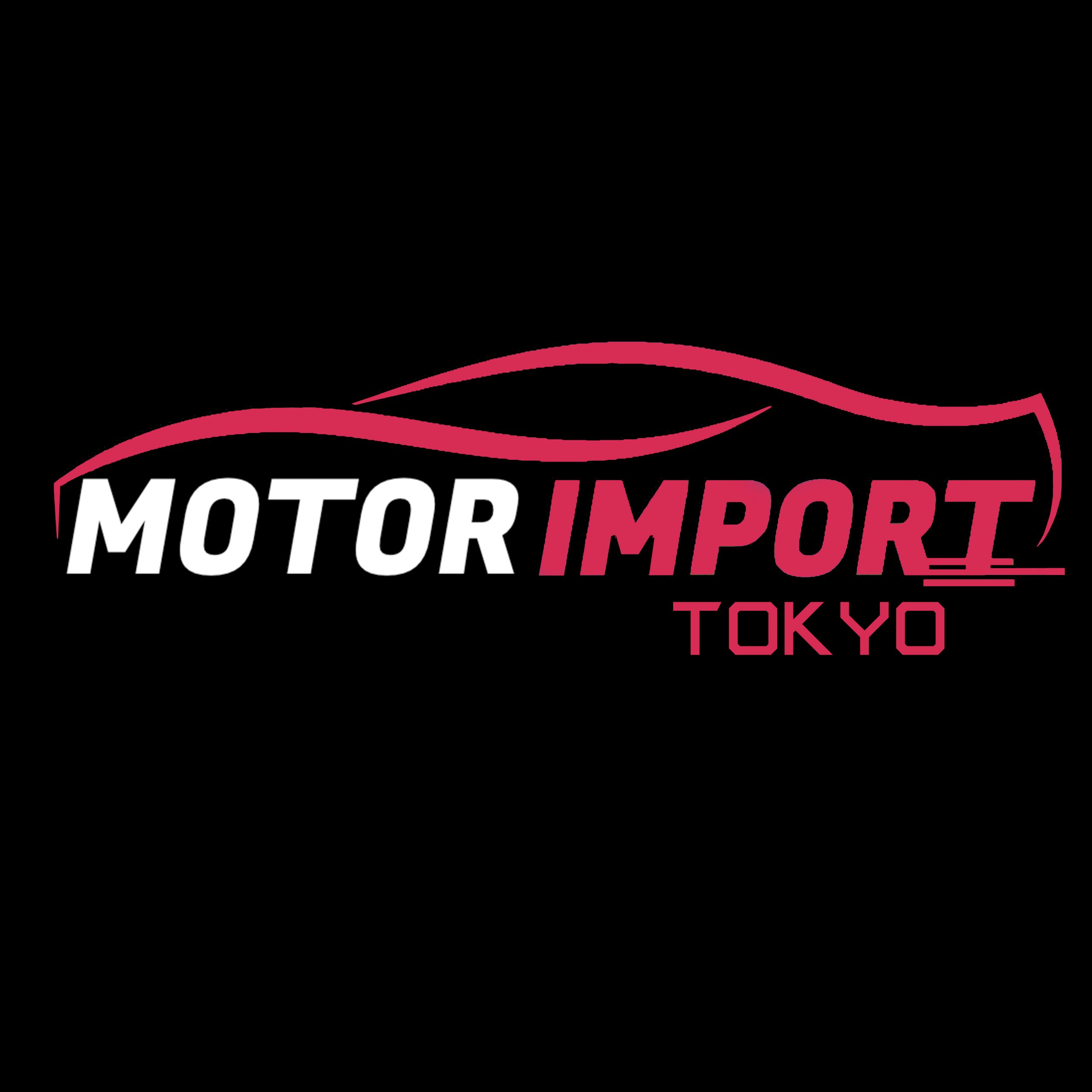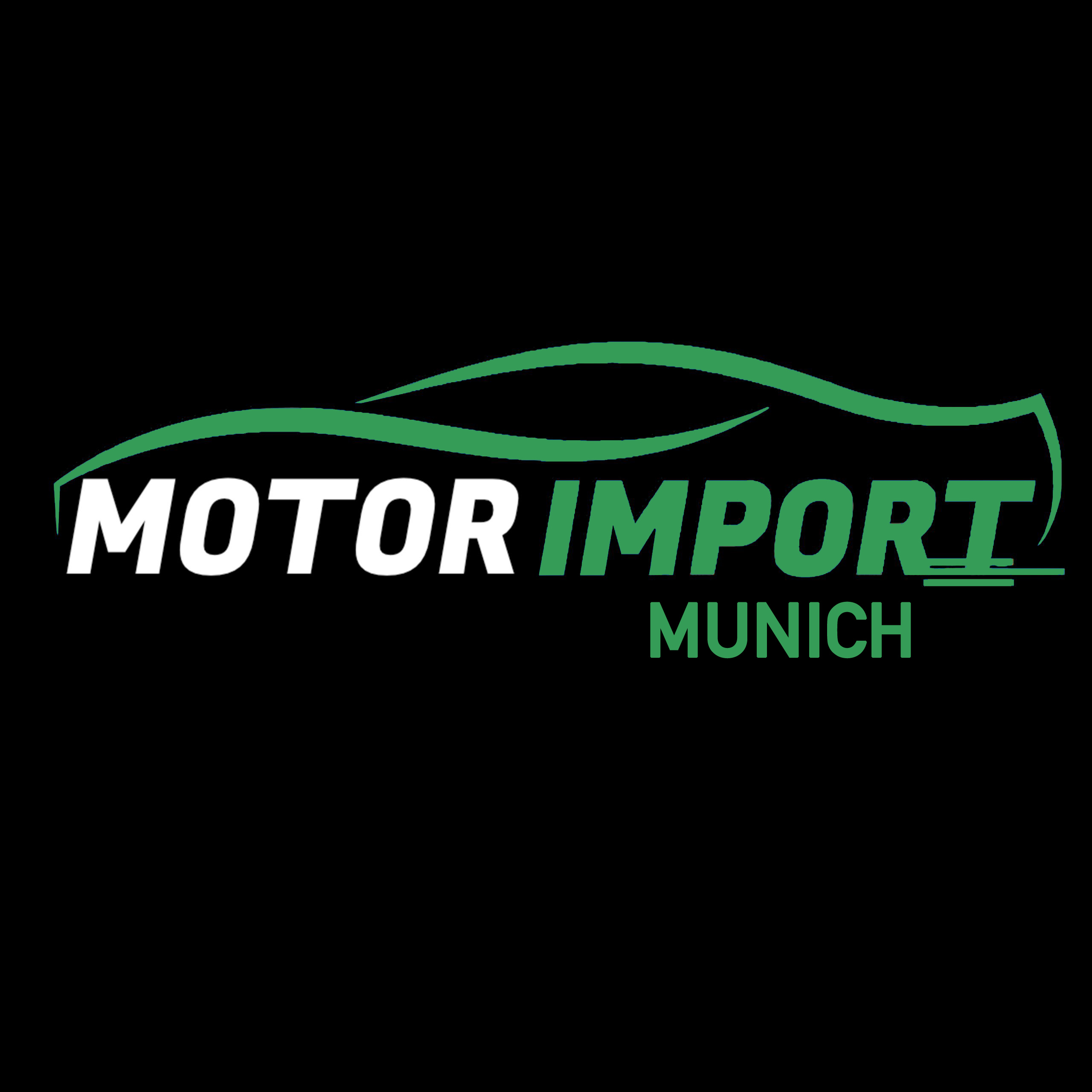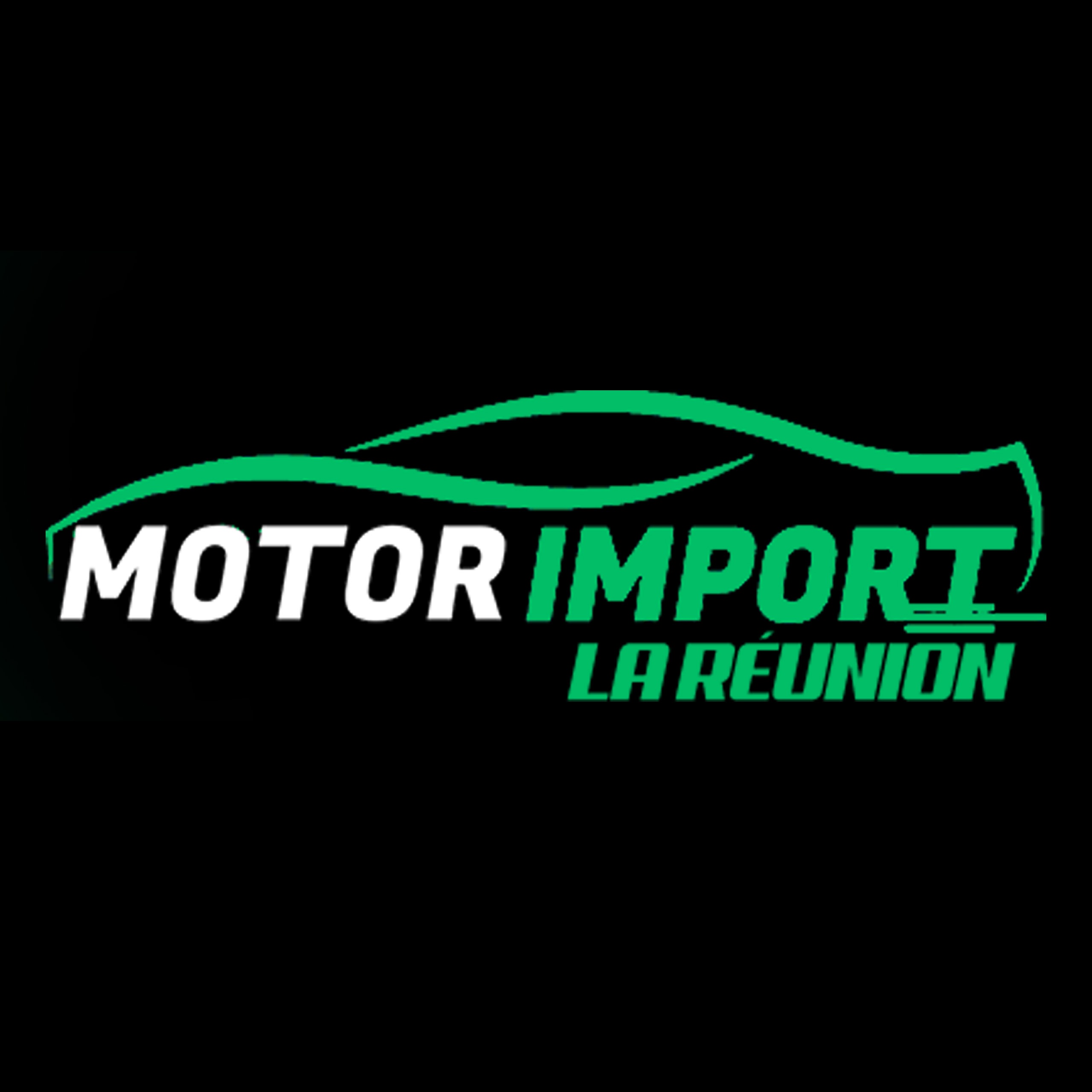Japanese and American Automobile Markets Trends – An Insight Why American Companies Losing
[ad_1]
The automobile industry like any other industry is dependent on consumers. In my opinion the American and Japanese companies have looked at consumers and other stakeholders differently and thus we are in a situation where some companies are doing better than others. But the big question is – Are they doing better or worse based on the demand that exists in the market.
American cars have always made a statement, they are symbolic of what America and its people represent. They are big, shiny and beautiful. They are distinct, powerful and representative of a culture and way of life.
Our country has always been known for the cars we make, and our cars are branded as ‘So American’ because that is how we make them – ‘American’.
The car companies had been the drivers of our countries growth in the 20th century, however at the start of the 21st century. Their operations for a change seem to fragile, manpower incompetent and design out of place. In the 20th century, it seems that the big car companies controlled the country and moved mountains, not anymore.
When I say not anymore, it comes from the fact that General Motors, Ford and Chrysler have always done so well that a blip in their performance makes one feel that all is lost. And actually speaking things are really bleak, the place these companies faltered was in giving away too much in their hay days, CEO after CEO kept giving concessions and privileges that are impairing the performance of the companies now. The companies are under a huge burden of recurring expenses that are more than their profits.
But to reflect back on how they were doing, we should look at the bare facts that these companies have continued for nearly a 100 years and spent nearly 50 of those years in the top 10 list of fortune 500 magazine.
Off late the difference has occurred in the preferences of the consumers and the changes in the environment. The consumers want cars that are easier to drive and economically efficient to maintain with sky rocketing gasoline prices.
Japanese Car Market
For years, the business strategies of the Big Three auto makers in Japan have been at odds with U.S. industry and government trade rhetoric. Having disdained re-entering the Japanese market on the grounds that it would never be significant enough to warrant serious effort, the American companies relied on their enormous domestic market and focused international efforts on building a major position in Europe.
Trapped by their own neglect in the late 1970s, they embraced a range of protectionist measures at home and in the recent past pursued an aggressive agenda of so-called ‘results-oriented’ trade policies designed to pressure Japan to meet highly specific targets for both sales and the number of outlets in the Big Three distribution network in Japan. With the introduction of the first American right-hand drive vehicles in 1994, hopes soared as sales of U.S. cars, Big Three autos companies nearly tripled over the next three years.
But the slowdown in the Japanese economy exposed the weak strategic position of the American manufacturers for all to see. Sales of U.S.-made vehicles dropped nearly 18% and were off even more sharply in the first quarter of 1998. This has once again raised the specter of potentially divisive and economically damaging trade disputes, as U.S. government officials and executives blamed Japan for the decline.
Key Factors influencing American Car Companies in the Japanese Car Market:
o Since the U.S.-Japan auto agreement was reached in June 1995, the Big Three have been engaged in an active process of “churning” franchises, closing and/or opening a total of about 360 showrooms – a number representing more than half of the 600-plus outlets in their Japanese distribution network. Despite this, and contrary to years of complaints about the need for more outlets, the American makers ended 1997 with fewer showrooms than they had three years ago – not the 177 ‘additional’ stores that have been claimed. This level of turnover is quite large for a mature market and clearly unsustainable over the long term.
o Ford Japan has made by far the biggest commitment and investment among the Big Three faces the most severe challenge because of strategic and product shortcomings. The company suffered nearly a 40% drop in sales of its U.S.-built vehicles in 1997, and many of its dealers are openly angry about the lack of appeal of current models, the paucity of financial support from the manufacturer, and the apparent lack of exciting new products in the pipeline.
o Because of these problems, Ford has just recently announced a 180-degree strategy shift in Japan, and its new president has publicly embraced sales and marketing changes.
o Chrysler has substantially increased its investment in the Japanese market, but now faces the critical and daunting task of rebuilding an independent dealer network after terminating a lucrative arrangement with Honda for the distribution of the well-known Jeep models. Chrysler also faces serious questions about future product suitability in a fast-changing sport utility market.
o General Motors continues to play out a conservative and largely uninspired strategy that, if left alone, could drop it into third place behind Chrysler in unit sales of U.S. made vehicles in Japan. Moreover, its Saturn Japan division, launched in April 1997, is off to a very slow start, because of severe limitations in product quality and variety.
o The current import share of the Japanese auto market is 9.6%, not the lower 5.4% reported by the Big Three and the U.S. government. Their calculation divides total import car sales, including grey market imports, by the total number of vehicles sold in Japan, including mini-vehicles, trucks and buses, which the American manufacturers do not even make for Japan. The rest of the world calculates market share simply and cleanly: by dividing imported passenger cars sold by the total number of passenger cars sold.
o Japanese auto dealers are a widely diverse and dynamic group who provide an exceptionally high level of customer service in a fiercely competitive environment. While the internal structure of day-to-day business operations is different in many respects from that of dealers in the U.S., they share a high degree of interest with their American counterparts in testing and pursuing many kinds of new systems and marketing tools. Debates over the effectiveness of ‘one-price’ showrooms are particularly intense and quite similar to trends in America.
Things are not so rosy for the Japanese manufacturers either, just today Isuzu released its numbers and the shrinkage of Isuzu underscores how increased competition is forcing smaller competitors by the wayside. Automakers will launch 197 models this year through 2009, a 53% increase over the number of vehicle introductions from 1987 to 2005, Merrill Lynch said in a report last year.
Competition will only grow more fierce. The South Korean brands have become competitive enough to pinch Japanese and domestic automakers. Chinese makers might be next to wash ashore.
Isuzu presents a classic example of what can happen to an automaker that fails to invest in its market. They are fighting their battle in an overcrowded market with models that aren’t being supported. While Isuzu used to be a low-price brand, The Koreans now are offering a competitive product at a cheaper price.It has just pushed them out of the marketplace.
With vehicles that differ little from their GM cousins, Isuzu tries to appeal to buyers by selling them for less. The base Ascender lists for $26,644, about $300 less than the Chevrolet TrailBlazer built on the same production line, reports Edmunds.com, a car buyer research website. But buyers are finding TrailBlazer cheaper because of sales incentives.
Isuzu also tries to gain an edge with a better warranty. Instead of three years or 36,000 miles, Isuzu’s warranty is 50,000 miles. The drivetrain’s warranty is for 75,000 miles or seven years.
GM’s involvement with Isuzu is not coincidental. Starting in the early 1970s, GM took a 37.5% share of Isuzu, which it later increased to 49%. For years, Isuzu thrived.
In 1984, Isuzu introduced one of the earliest and most successful compact SUVs, the Trooper. It came to market ahead of what would later become the domestic makers’ best-known SUVs. And the Trooper developed a reputation for toughness and quality. Isuzu followed up with the smaller Rodeo and a little sport vehicle, the Amigo.
Isuzu was a brash competitor. Its cheeky approach came through in its popular television ads featuring “Joe Isuzu,” a car salesman whose outlandish claims were contradicted by a sober scroll running across the bottom of the screen.
Its success was reflected in its sales, which peaked at 127,630 in 1986 and stayed strong into the late 1990s. Then, little by little, the market withered away. Trooper disappeared in 2002, Rodeo, in 2004. A proposal to bring in a Thai-built SUV a couple of years ago fizzled. The company restructured two years ago. GM has reduced its stake to about 8%.
It might help if Ascender, a name which means nothing to customers, were redubbed Trooper, which still resonates with buyers. Or if Isuzu could bring some of its vaunted diesel engine technology, still important to GM’s midsize Duramax truck line, to the light-vehicle line.
With all the bad news coming out of Detroit these days, many have a disarmingly simple suggestion: Ford and General Motors should simply build better cars.
Quality Perception
A perception of poor quality certainly isn’t the only reason Ford and GM cars can have trouble in today’s market. But it is one of the most important factor.
I looked at J.D. Power and Associates Long-term Dependability Surveys to get a sense of where American cars rank in terms of reliability and how much they’ve improved. That survey measures the number of problems vehicle owners have after 3 years of ownership.
The survey shows that all the big three are doing pretty good but the problem is that ‘pretty good’ has become ‘not quite good enough’ in a world where quality standards have been raised significantly. The bad experiences of customers with American cars still lingers in their memories.
Reliability by the numbers
If you believe J.D. Power’s surveys, the story for American luxury brands Lincoln, Cadillac and Buick is particularly striking.
Of the above three brands, Lincoln performed best in the 2005 survey ranking third of all brands behind Porsche & Lexus.
Lincoln, Cadillac and Buick all out-scored Toyota’s Toyota-branded and Honda’s Honda-branded vehicles in the same 2005 J.D. Powers survey.
Another view
But the people at Consumer Reports don’t have quite as good a view of Ford and GM products as J.D. Powers’ survey.
In Consumer Reports predicted reliability ratings, brands like Toyota, Subaru and even Suzuki rank higher than Pontiac, which has average predicted reliability in Consumer Reports’ estimation.
Lincoln, the top-ranked American brand in the J.D. Power survey, is seen as having below average predicted reliability by Consumer Reports.
Still, agreed Michael Quincy automotive content specialist for Consumer Reports, the quality of Ford and GM cars has improved greatly in recent years.
Some Ford cars are actually “above average” in reliability, according to Consumer Reports own surveys, Quincy said. The Ford Escape Hybrid SUV is “better than average, for example, and the closely-related Mercury Mariner SUV is much better than average in reliability.
GM brands, according to Consumer Reports, have mostly average predicted reliability. Hummer and Saturn are seen as below average.
Why are we so sure they’re bad?
Given J.D. Power survey results, and even the “not bad” showings in Consumer Reports data, why do Americans seem so sure that American cars are dross?
Three possible reasons:
Reputation: Toyota has, by now, had a lifetime to cement its reputation among American consumers for nearly fool-proof quality. GM and Ford spent nearly as long honing a reputation for not caring much about quality. Things may have improved, but it takes a long time for that to sink in.
Recalls: GM, in particular, has had a problem with headline-making recalls. It’s a big company, it sells a lot of vehicles and they share a lot of components. When one of those parts goes wrong, eye-popping numbers of vehicles can be affected. That doesn’t mean the vehicles are unreliable. Recalls are a different sort of problem. But it does cause concerns.
Reviews: GM and Ford vehicles haven’t always exuded quality that may have been hiding in there somewhere. Cheap-feeling interior materials, raspy-sounding engines and gap-filled construction didn’t give potential buyers the feeling of confidence that even lesser Japanese brands manage to carry off.
GM and Ford deserve credit for what they’ve done so far. But American consumers have shown they still need lot more proof.
There are problems with Ford and General Motors.
On paper Ford appears to have it much easier. Despite losing $1.6 billion in North America last year, Ford Motor remains profitable. It has more cash and less debt than GM, its credit rating is higher, and its legacy costs are lower because it has shrunk less (and thus has fewer retirees to support).
Yet Ford Motor hasn’t been running all that smoothly since Bill Ford took over as CEO in 2001. Strategic direction looks like a lot of zigs and zags. Ford Division has dumped its overtly conservative design and will pursue more eye-catching ones from now on. The Taurus, Ford’s bestselling car in 2005, is being discontinued in 2006 (it hopes the Fusion will fill the vacuum). Lincoln has gotten yet another facelift, while Mercury is still seeking a personality after decades of searching.
To get his company up to speed again, Bill Ford has produced the second turnaround plan of his tenure, called ‘Way Forward’.
The plan promises cost cuts, improved quality, and increased productivity. Those are all essential in an industry that gets more competitive by the day,But the statement has no plans for events which are beyond Bill Ford’s control could make his job even trickier. Some analysts think a GM bankruptcy would force Ford to follow suit.
The truth is that GM is essentially indentured to the UAW because of the union’s power to strike. GM’s hourly and salaried employees, present and past, essentially own the company, a fact I like to prove by describing some bank accounts.
At the end of 2004, the latest date for which figures are available, GM’s pension funds (both inside the U.S. and out) had $100 billion in assets, which is wealth belonging to GM’s employees, retirees, and dependents. To that you can add $19 billion that GM has put in a dedicated account for retiree health benefits. That makes $119 billion that GM has banked for its employees. In contrast, the shareholders of GM recently owned their grubby $13 billion in market value. That is a bizarre, Alice-in-Autoland result from 98 years in which capitalism supposedly reigned.
The likes of Toyota and all have not committed that mistake. They give limited insurance and their new plants are being set up in Canada because Canada has a better healthcare system, which means the company does not have to pay costly healthcare insurance to its employees.
The good news is that within the American borders, General Motors is still the king with around 40 percent market share and Toyota has 15 percent. The big ball game is that there is a huge market outside America and the big problem is we are repetitively failing to penetrate those new growth centers in the world.
Changing World
Companies like Nissan driven by visionary CEO Ghosn has been making some of the best cars off late. They are listening to the consumers while the American companies are not. Ghosn entered the tough world of the Japanese business and managed to close factories and retire people when it is almost impossible to do something like that in Japan. People need to make some very tough decision and he has been able to do it. No wonder that now he is also the CEO of Renault the French company and combined Nissan and Renault are in the top 5 manufacturers worldwide and have a 9.6% market share.
Nissan had an operating profit of 249 billion yen in the first three months of 2005, according to Bloomberg calculations, which was the fourth quarter of Nissan’s fiscal 2005 year. That translated into a 10 percent operating margin.
Nissan on Feb. 2 maintained its April 2005 forecast for net income to rise 0.9 percent to 517 billion yen, while sales will rise 4.9 percent to 9 trillion yen. The company plans to increase global vehicle sales in the year ended March 31 by 6.8 percent to a record 3.62 million units.
However, the markets are unrelenting but the American manufacturers are going to suffer more. If I want to buy a car, I will buy the best car available and an American manufacturer does not make that best car according to customers’ needs. The tragedy of the American automobile/car industry is that we are not listening to the consumers and have the terrible reputation of making bad cars. The Japanese on the other hand realized that Japan is a much smaller country which cannot absorb all the cars they can make and choose to sell their cars to the American market.
Here is the list of the Fortune 500, top 10. there are a few car companies, 3 are American (assuming the combined share of Diamler Chrysler) and 1 japanese. Toyota makes more money than all 3 combined.
The rank is followed by the name, revenue and then the profit of the that company.
1. Wal-Mart Stores 287,989.0 10,267.0
2 BP 285,059.0 15,371.0
3 Exxon Mobil 270,772.0 25,330.0
4 Royal Dutch/Shell Group 268,690.0 18,183.0
5 General Motors 193,517.0 2,805.0
6 DaimlerChrysler 176,687.5 3,067.1
7 Toyota Motor 172,616.3 10,898.2
8 Ford Motor 172,233.0 3,487.0
9 General Electric 152,866.0 16,819.0
10 Total 152,609.5 11,955.0
Seems the world is just buying fuel and cars, then why are we losing money? Shouldn’t we listen to our consumers?
[ad_2]
- Tips for a Successful Car Import/Export Business from Europe - octobre 16, 2024
- The Role of Documentation in Importing Cars from Dubai to Europe - octobre 16, 2024
- Exporting Cars from the USA to Europe: A Comprehensive Guide - octobre 16, 2024


 MARQUES EUROPÉENNES
MARQUES EUROPÉENNES AUDI
AUDI BMW
BMW MINI
MINI MERCEDES BENZ
MERCEDES BENZ VOLKSWAGEN
VOLKSWAGEN RENAULT
RENAULT PEUGEOT
PEUGEOT CITROEN
CITROEN OPEL
OPEL ALFA ROMEO
ALFA ROMEO VOLVO
VOLVO SEAT
SEAT SAAB
SAAB MORGAN
MORGAN ALPINE
ALPINE MARQUES JAPONAISE
MARQUES JAPONAISE NISSAN
NISSAN TOYOTA
TOYOTA MAZDA
MAZDA SUBARU
SUBARU HONDA
HONDA ACURA
ACURA MITSUBISHI
MITSUBISHI INFINITY
INFINITY LEXUS
LEXUS HYUNDAI
HYUNDAI SUZUKI
SUZUKI DAIHATSU
DAIHATSU DAEWOO
DAEWOO KIA
KIA ISUZU
ISUZU MARQUES AMÉRICAINES
MARQUES AMÉRICAINES HUMMER
HUMMER CHEVROLET
CHEVROLET DODGE
DODGE JEEP
JEEP PONTIAC
PONTIAC TESLA
TESLA FORD
FORD MUSTANG
MUSTANG SHELBY
SHELBY CHRYSLER
CHRYSLER CADILLAC
CADILLAC GMC
GMC GM
GM BUICK
BUICK MARQUES DE PRESTIGE
MARQUES DE PRESTIGE FERRARI
FERRARI LAMBORGHINI
LAMBORGHINI LAND ROVER
LAND ROVER MASERATI
MASERATI PORSCHE
PORSCHE ASTON MARTIN
ASTON MARTIN JAGUAR
JAGUAR LOTUS
LOTUS TVR
TVR ABARTH
ABARTH BUGATTI
BUGATTI ROLLS ROYCE
ROLLS ROYCE


















